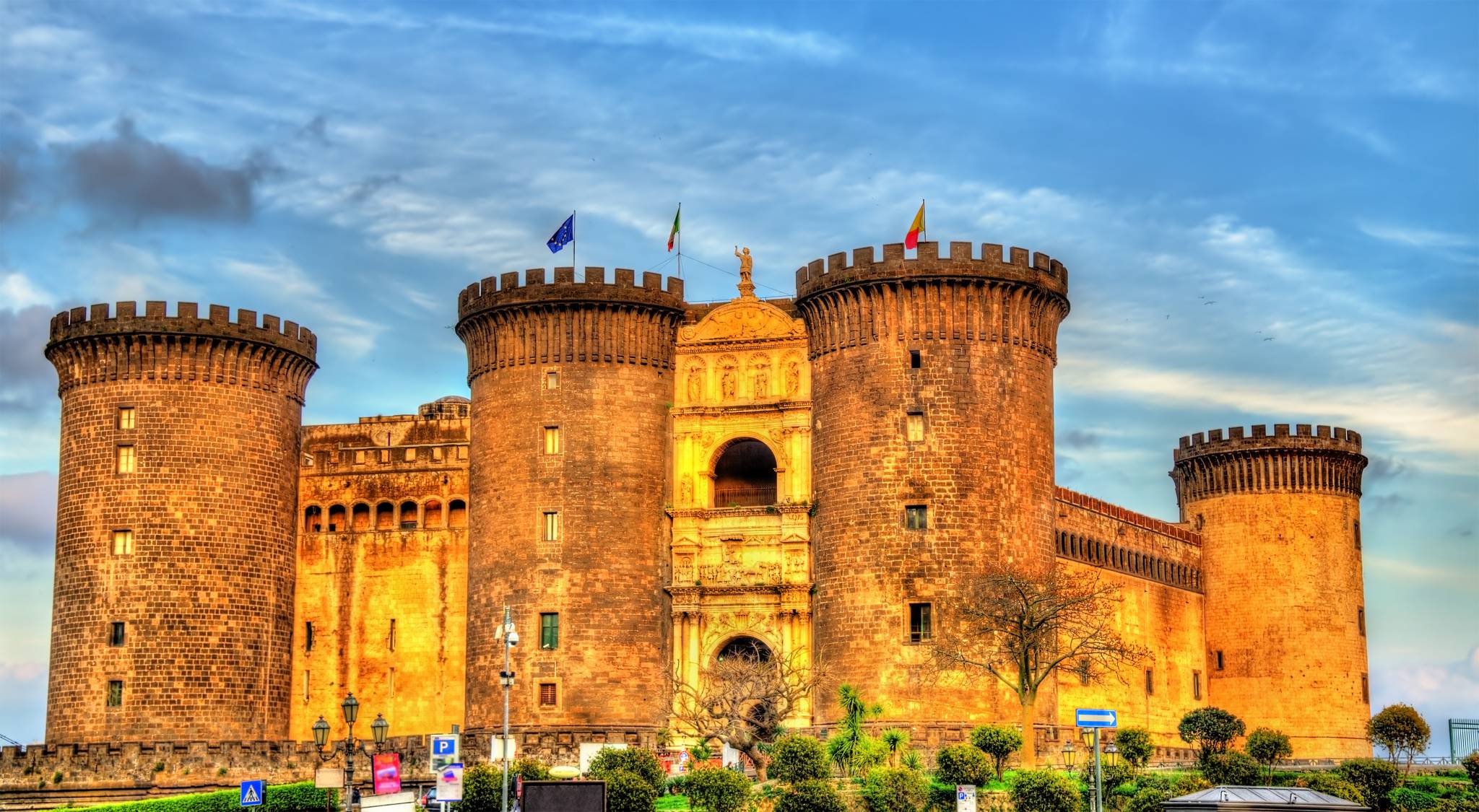Barcelona’s Beaches: Where Sun, Style & the Sea Collide
Barcelona is many things—a Gaudí-studded architectural fantasy, a tapas-toting foodie utopia, a UNESCO-endorsed cultural haven. But once the sun hits her Mediterranean skyline just right? She transforms into a seductive, sand-strewn siren. Yes, welcome to Barcelona’s beach scene: where sangría meets salt air, volleyball nets tangle with neon bikinis, and even the pigeons look like they’ve had a decent espresso.
For the traveler who wants to sunbathe after a museum crawl or sip cava while barefoot-in-the-sand, Barcelona’s coastline delivers eleven beaches across nearly five kilometers of bronzed bliss. Whether you’re a hardcore beach bum or just mildly allergic to shade, consider this your definitive guide to the best of Barcelona’s playas, packed with seafood, sand, and no shortage of Catalan charisma.
Where to Unroll Your Towel: The Best Beaches in Barcelona
Barceloneta Beach – Iconic, Electric, Occasionally Overrated
Let’s get the obvious one out of the way. Barceloneta is the grande dame of Barcelona beaches. With its palm-lined promenade, crashing volleyball games, and a rotating cast of sun-dazed tourists, this is the unofficial ground zero of beach culture in the city. Expect mojito peddlers, bronzed locals, unsanctioned sax solos, and a view of Frank Gehry’s shimmering golden fish sculpture peeking above the skyline.
Come here for the spectacle. Leave if crowds turn you into a sociopathic hermit.
Nova Icaria – Calm Waters, Family-Friendly Vibes
Next door (but make it serene), Nova Icaria is Barceloneta’s quieter, more introspective sibling. You'll find fewer party packs, more paddleboards, and enough local families to make you wonder if you should finally start that Instagram travel diary for wholesome parenting tips.
There’s also ample accessibility here, with ramps, adapted showers, and lifeguards who actually seem to notice when a swimmer starts panicking halfway through their backstroke.
Bogatell Beach – Sporty, Stylish, and Slightly Definitely Hipster
Bogatell is where locals go when they’ve graduated from Barceloneta-induced sunburns. Expect volleyball courts, ping-pong tables, and cyclists breezing past you like Mediterranean cinematographers. The water’s cleaner, the sand less tattooed, and the crowd more homegrown. Translation: sunglasses brands you can’t pronounce and hand-crafted sangría jugs that cost as much as your flight.
Spy the Torre Mapfre and Hotel Arts nearby if you need orientation—or a five-star rooftop view.
Mar Bella & Nova Mar Bella – Inclusive, Eclectic, Always a Vibe
Let’s talk variety. Mar Bella ticks boxes for LGBTQ+ travelers, nudists (clothing optional in designated areas), volleyballers, and urban sunbathers just trying to finish their thriller novel with zero judgment. Nova Mar Bella, its quieter cousin, is perfect for a calm midday escape or a sleepy afternoon siesta.
Bonus: you’re near Poblenou—Barcelona’s answer to Shoreditch or Williamsburg, depending on your level of hipster tolerance.
Sant Sebastià – Splash With the Seniors (and the Stylish)
Don’t be fooled by the wheeled walkers and white-haired sunbathers—Sant Sebastià is one of the oldest (and sassiest) beaches in the city. It stretches alongside Barceloneta but leans more upscale. Hotel W curves into the sky like a sail here, and the sunset views are calibrated for your next viral Reel. Even the seagulls seem bougier.
Want a rooftop cocktail post-sand? The Eclipse Bar at Hotel W delivers dizzying views with equally dizzying prices.
Beachside Tapas & Sips: How to Eat Like a Local (And Not Get Duped)
You’re sunburnt, sticky, and vaguely intoxicated. Time for food. Mercifully, Barcelona takes “beach food” well beyond cheeseburgers and soggy fries.
Best bets near the beaches:
- Chiringuito del Mar (Barceloneta): Classic chiringuito with cold beers, fresh calamari, and a generally questionable ratio of shirtless patrons. In other words: perfect.
- Xiringuito Escribà (Bogatell): Come for the paella, stay for the crème brûlée (and the fact that actual Barcelonans eat here).
- Barraca (Sant Sebastià): Organic, locally acquired seafood with a side of panoramic views. Also acceptable for folks who packed Birkenstocks and an ethical conscience.
Thirsty? Grab an icy clara (beer + lemonade) or a vermut—Barcelona’s pre-meal ritual that’s both a drink and, let’s face it, a lifestyle.
Culture Crash: From Sand to Streets
Even better, the beaches themselves host yoga sessions, beach cinema nights in summer, and the occasional scorcher of a music fest. If you see a stage being assembled, cancel your dinner plans and see what unfolds.
Just a towel-toss away from the beaches, you’ve got the Museu d’Història de Catalunya for a crash course in 1,000 years of Catalan pride. Head to El Born’s atmospheric alleys for a post-swim stroll and drop into the Picasso Museum (air-conditioning included).
Getting There & What to Know
Barcelona’s beaches are absurdly accessible. The Metro runs right up to Barceloneta (L4 yellow line), and a beach-bound bus (V15) will get your sun-seeking self to most shores. Bike paths abound, and for the brave: scooters (the electric ones, not Vespas) that can zip you from Gothic Quarter chaos to beachside bliss in minutes.
Don’t forget:
- Pickpockets exist—even in paradise.
- Sunscreen is not a suggestion; that Spanish sun has claws.
- Sundays get crowded. Show up early or hold off for Monday tranquility.
For transport maps, beach updates, and general city intel, visit Barcelona’s Official Tourism Site.
FAQ: Barcelona Beaches
Are there any LGBTQ+ friendly beaches in Barcelona?
Yes! Mar Bella Beach is inclusive and known for being LGBTQ+ friendly, with a popular clothing-optional section.
Can you drink alcohol on Barcelona beaches?
Technically, drinking alcohol is not allowed on public beaches, though enforcement varies. Chiringuitos (beach bars) offer legal libations just steps from the sand.
What public transport goes to Barceloneta Beach?
Take the Yellow Line (L4) and hop off at Barceloneta or Ciutadella | Vila Olímpica stations.
Is nudity allowed on Barcelona beaches?
Only on certain stretches—Mar Bella has a designated nudist area.
How many beaches are there in Barcelona?
Barcelona has 11 city beaches stretching over 4.5 kilometers of coastline along the Mediterranean Sea.
Which is the best beach in Barcelona for families?
Nova Icaria is ideal for families thanks to calm waters, clean facilities, and accessible infrastructure.
Are Barcelona beaches safe to swim?
Yes, they’re monitored by lifeguards during peak season and approved for swimming, with water quality tests performed regularly.
What’s the most touristy beach in Barcelona?
Barceloneta Beach takes the crown—it’s lively, iconic, and often crowded.





















